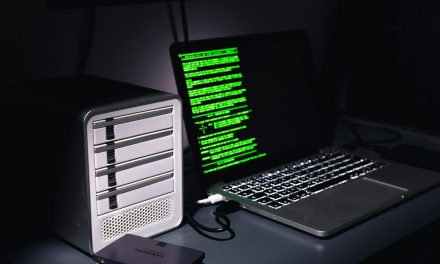The biggest cybersecurity risks of online banking are phishing and smishing scams that trick you into revealing your credentials, malware on your personal device that steals your information, account takeover due to password reuse, and the use of unsecured public Wi-Fi.
As of September 5, 2025, online and mobile banking is the default way that millions of people here in Rawalpindi and across Pakistan manage their money. While the banks themselves have invested billions of rupees in creating highly secure systems, the greatest risks now exist on the user’s side. Cybercriminals know that it is far easier to trick an individual than it is to hack a bank. Understanding these common risks is essential for keeping your finances safe.
1. Phishing and Smishing: The Deception Threat
This is, by far, the number one risk to the average online banking user. It is a social engineering attack designed to deceive you.
- The Risk: You receive a fraudulent email (phishing) or, more commonly in Pakistan, an SMS text message (smishing) that appears to be from your bank. The message will create a sense of urgency or fear, with a warning like “Suspicious activity has been detected on your account” or “Your account has been temporarily blocked.”
- How It Works: The message will contain a link and instruct you to click it to “verify your identity” or “unblock your account.” This link leads to a fake, but incredibly convincing, clone of your bank’s real website. When you enter your username and password, you are sending it directly to the criminals. They may also ask for the one-time passcode (OTP) sent to your phone to complete the takeover.
- The Golden Rule for Defense: Your bank will never send you a link in an email or SMS and ask you to log in. If you are concerned, always go directly to the official banking app or type the bank’s official website address into your browser yourself.
2. Malware: The Threat on Your Device
Malicious software on your computer or smartphone can be a silent and devastating threat to your banking security.
- The Risk: You might accidentally install malware by downloading an app from an untrusted source or by opening a malicious attachment in a phishing email.
- How It Works: A specialized banking Trojan or keylogger can run silently in the background of your device. It can:
- Log your keystrokes: Recording everything you type, including your online banking username and password.
- Create fake login overlays: When you open your legitimate banking app, the malware can place a fake login screen on top of it to capture your credentials.
- Intercept SMS messages: Some advanced malware can intercept the one-time security codes that your bank sends to you via SMS.
- The Defense: Only install apps from official app stores (Google Play Store/Apple App Store). Keep your device’s operating system and your web browser fully updated. Use a reputable antivirus/anti-malware program.
3. Account Takeover via Credential Stuffing
This threat comes from the common but dangerous habit of reusing passwords.
- The Risk: You use the same password for your online banking as you do for your social media, e-commerce, or other online accounts.
- How It Works: When one of those other, less secure websites suffers a data breach, your password is stolen. Hackers then use automated software to “stuff” that same email and password combination into the login pages of major banks. Because you reused the password, the key stolen from an insignificant website becomes the key to your bank account.
- The Defense: Your online banking password must be long, complex, and 100% unique. Use a password manager to create and store it. This, combined with Multi-Factor Authentication (MFA), is your best defense.
4. The Unsecured Connection: The Danger of Public Wi-Fi
The way you connect to the internet is a critical part of your security.
- The Risk: You use the free public Wi-Fi at a café, airport, or hotel to check your bank balance or make a transfer.
- How It Works: Public Wi-Fi networks are often unencrypted, allowing a hacker on the same network to “eavesdrop” on your connection and potentially intercept your login data in a Man-in-the-Middle (MitM) attack.
- The Defense: Never use public Wi-Fi for any financial transactions. Always use your secure home Wi-Fi network or your phone’s cellular data connection (4G/5G), which is much safer. If you absolutely must use public Wi-Fi, use a reputable Virtual Private Network (VPN) first to encrypt your connection.
By being aware of these key risks and taking these simple, proactive steps, you can safely enjoy the immense convenience of online banking while protecting your hard-earned money.





